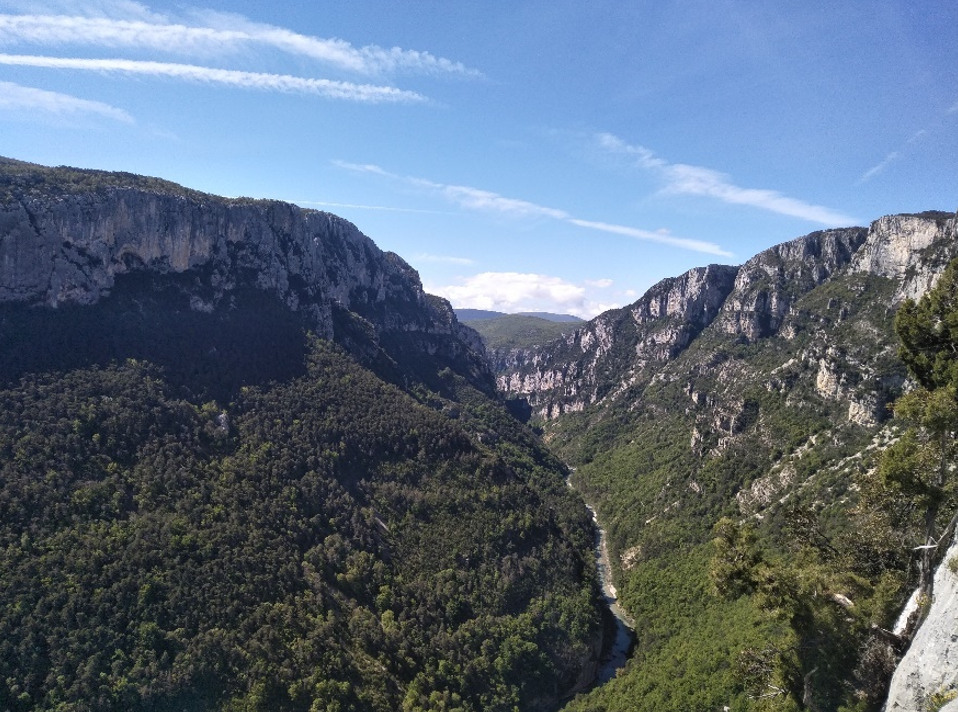At the end of May, I went back to the UK for a friend’s wedding and to visit my family. The trip very conveniently lined up when some uni friends were planning a trip to Chamonix, the home of the Alps. When they invited me along, I was very excited – it was only through the skills I had learnt through UNSWOC that meant they were comfortable for me to join them (back in the day I was more of a hill walker…). It was an awesome trip, not only did I get one of the best introductions to Alpinism, but I was also able to spend some quality time with friends that I hadn’t seen properly in almost 2 years. Here are some insightful things that I learnt on the trip!
Chasing the weather (be flexible):
Mountaineering is not a discipline to be done it bad weather. Small changes in weather at high altitude can significantly affect the safety of being out in the mountains so it is imperative to check the forecast for stable weather windows. The first thing I look at on the mountain weather forecast is the wind because it is the only ‘show-stopper’ – extreme winds can literally blow you off a mountain!

Upon arrival in Chamonix, the forecast was looking pretty terrible, so we decided to drive further south to Verdon Gorge – highly recommended for anyone into limestone climbing. Later in the week we travelled back to Chamonix.

Gear takes up a lot of space:
It is possible to fit 5 peoples worth of climbing, camping and mountaineering gear in a small car with a roof box. At one stage there was talk of talking ski touring equipment and canyoning gear (gutted that never happened Nadav!) as well but that was left behind. Camping chairs are an essential item though…

Have a minimum of two drivers:
Stating the obvious here but having 4 people in a car and taking turns in pairs being the driving/passenger and then sleeping in the back works really well for long journeys!

I like the mountains, just a little bit:
There a few better ways to spend your spare time, the views and surroundings were breath-taking!
The season for Chamonix starts in June:
The ski season in Chamonix roughly runs from December through to April. The shop/restaurant owners take a holiday during May and then places start to open up again in June for the summer season.
Alpine starts are legit:
Typically, conditions deteriorate throughout the day. As the sun heats up the mountain, falling ice and rocks become a concern. On our route, it was noticeable that the snow became slushy in the afternoon. Starting early also gives you more time to play with.
Mountaineering is not cheap (but it’s worth it!):

Transport to the start of a route is an additional cost that wasn’t cover in the last blog post.
In Chamonix we took the Aiguille du Midi cable car to 3842m – it is the closest you can get to Mont Blanc on a lift. The Aiguille du Midi cable car holds the world record for the highest vertical ascent (2807m) – there’s an interesting mix of underprepared tourists and mountaineers that take it!
After the course in New Zealand, if we decide to attempt Mount Aspiring (3033 m), we may be taking a helicopter to the start of the route.
Simple techniques for the win:

With gloves on you don’t want to be faffing around with small karabiners and fancy devices. Simple things like body belays and munter hitches can get the job done.
Keep moving:
Time is precious on alpine routes; instead of taking a lunch break, eat on the move or while you’re waiting to abseil.
Take time to adapt:
The effects of altitude were surprisingly noticeable – it’s worth taking the time to acclimatise. Alpine environments are very different to the warmer mountain environments we are used to – the body needs time to adjust. This will facilitate good judgement calls.
Learn to read the guidebooks:
For New Zealand, this could be a case of learn where to find the information as well!


